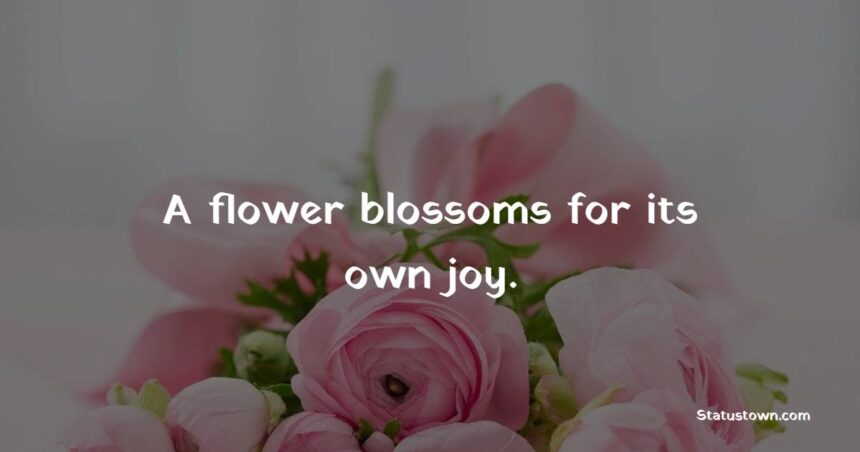Flowers have long held a special place in human culture, symbolizing everything from love and sympathy to celebration and remembrance. Throughout history, they’ve adorned altars, homes, and public spaces, playing a crucial role in various ceremonies and events. For florists, understanding the deep significance and multifaceted beauty of flowers is essential in crafting arrangements that resonate with customers.
This blog post delves into the world of flowers, exploring their history, psychological impact, sustainable practices, seasonal varieties, care tips, and business strategies.
Evolution of Floral Design
A Historical Overview
Floral design has evolved significantly over the centuries, influenced by cultural shifts and artistic trends.
- Ancient Times: In ancient Egypt, flowers like lotus blossoms were used in religious ceremonies and as offerings to the gods. The Greeks and Romans also valued flowers, incorporating them into wreaths and garlands for both decorative and symbolic purposes.
- Middle Ages: During the Middle Ages, flowers were often used in religious art and manuscripts. Monasteries cultivated gardens with medicinal herbs and flowers, reflecting the era’s focus on utility and symbolism.
- Renaissance to Victorian Era: The Renaissance brought a renewed interest in the beauty of nature, leading to more elaborate floral arrangements. The Victorian era saw the rise of “floriography,” or the language of flowers, where each bloom carried specific meaning.
- Modern Trends: Today, floral design is both an art and science, with trends often reflecting broader societal changes. Modern arrangements might incorporate minimalistic styles, bold colors, or even non-traditional materials, showcasing the creative versatility of florists.
The Psychology of Flowers
Evoking Emotions Through Blooms
Flowers are powerful tools for evoking emotions, with different blooms and colors eliciting specific responses:
- Roses: Often associated with love and passion, red roses can evoke strong romantic feelings, while white roses symbolize purity and remembrance.
- Lilies: These elegant flowers are often linked to renewal and rebirth, making them ideal for both celebratory and somber occasions.
- Sunflowers: Their bright, cheerful appearance can lift spirits and convey happiness and positivity.
- Lavender: Known for its soothing scent, lavender can promote relaxation and a sense of calm.
Understanding these psychological associations helps florists create arrangements that align with the emotional needs of their customers, enhancing the impact of their work.
Sustainable Floristry
Innovations in Eco-Friendly Practices
As environmental concerns grow, the floristry industry is increasingly adopting sustainable practices. Here are some key innovations:
- Eco-Friendly Packaging: Using biodegradable materials and reducing plastic waste in packaging.
- Local Sourcing: Opting for locally grown flowers to cut down on carbon emissions associated with transportation.
- Organic Growing Methods: Supporting farms that use organic methods, avoiding harmful pesticides and promoting soil health.
- Waste Reduction: Implementing composting programs and finding creative ways to repurpose unsold flowers.
By embracing these practices, florists not only contribute to environmental conservation but also appeal to eco-conscious customers, enhancing their brand reputation.
Seasonal Flowers Guide
Optimal Selection by Season
Selecting flowers that are in season ensures freshness and can enhance the overall quality of arrangements. Here’s a guide to popular flowers by season:
- Spring: Tulips, daffodils, hyacinths, and cherry blossoms.
- Summer: Roses, sunflowers, lilies, and dahlias.
- Fall: Chrysanthemums, asters, marigolds, and cosmos.
- Winter: Poinsettias, holly, amaryllis, and hellebores.
By aligning their offerings with the natural flowering seasons, florists can provide customers with the best possible product, ensuring satisfaction and repeat business.
Flower Care Tips
Ensuring Longevity for Customers
One of the keys to customer satisfaction is ensuring that flowers remain fresh for as long as possible. Here are some best practices:
- Proper Hydration: Always use clean water and change it regularly. Adding floral preservatives can also extend the life of arrangements.
- Cutting Stems: Trim stems at an angle to increase water uptake and remove any leaves that will be submerged in water.
- Temperature Control: Keep flowers in a cool environment, away from direct sunlight and drafts.
- Ethylene Gas: Avoid placing flowers near ripening fruits, as the ethylene gas can accelerate wilting.
Educating customers on these tips can help them enjoy their designs longer, enhancing their overall experience and trust in your expertise.
The Business of Blooms
Marketing and Selling Strategies
Running a successful floristry business involves more than just creating beautiful arrangements. Here are some strategies to boost your business:
- Digital Presence: Maintain a strong online presence through a professional website and active social media accounts. Showcase your work, share customer testimonials, and engage with your audience.
- Seasonal Promotions: Offer special deals and promotions around holidays and special occasions to attract more customers.
- Workshops and Events: Host workshops and events to engage with the community, showcase your expertise, and create a loyal customer base.
- Partnerships: Collaborate with local businesses, such as wedding planners and event coordinators, to expand your reach and gain referrals.
By implementing these strategies, florists can build a robust and thriving business that stands out in a competitive market.
Conclusion
Flowers are more than just decorative elements; they are carriers of emotion, tradition, and beauty. For florists, mastering the art of floral design involves understanding the historical context, psychological impact, and best practices in sustainability and care. By staying informed about seasonal varieties and implementing effective business strategies, florists can elevate their craft and achieve lasting success.






